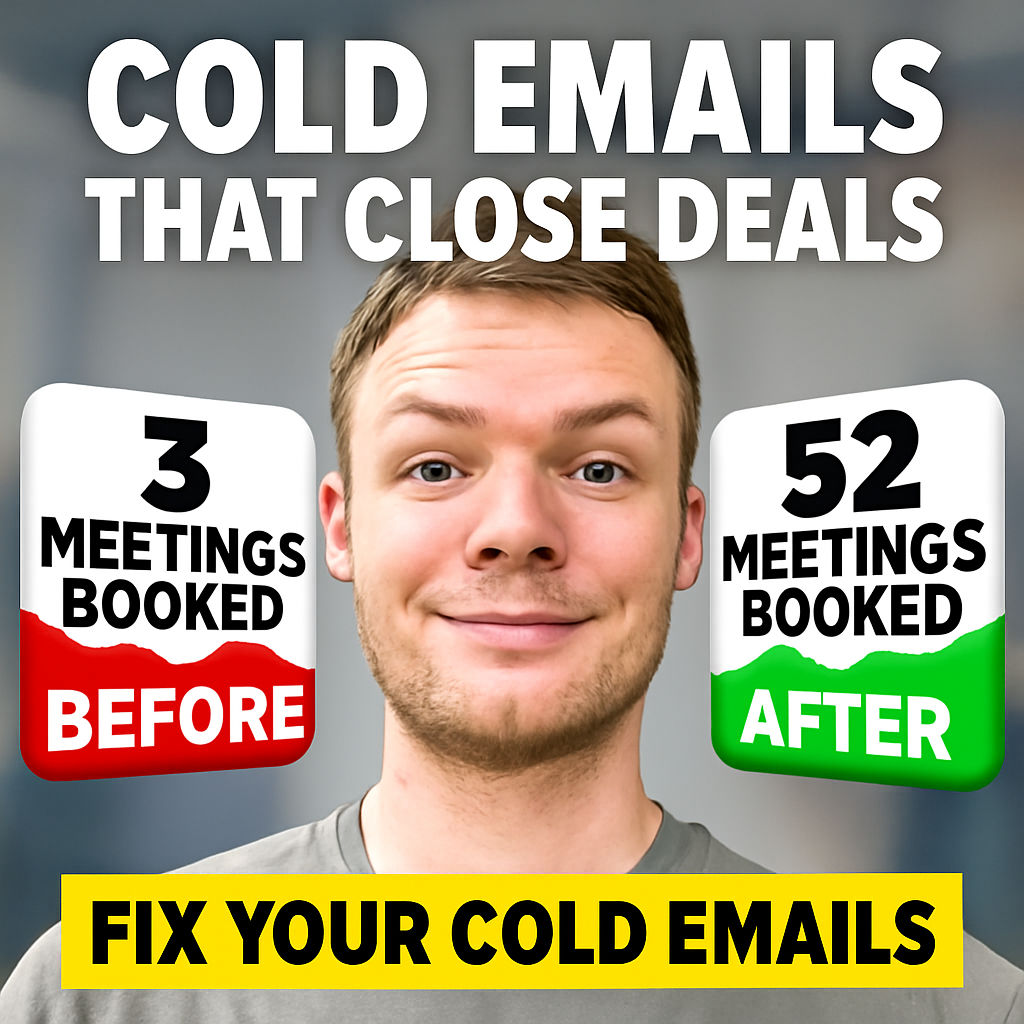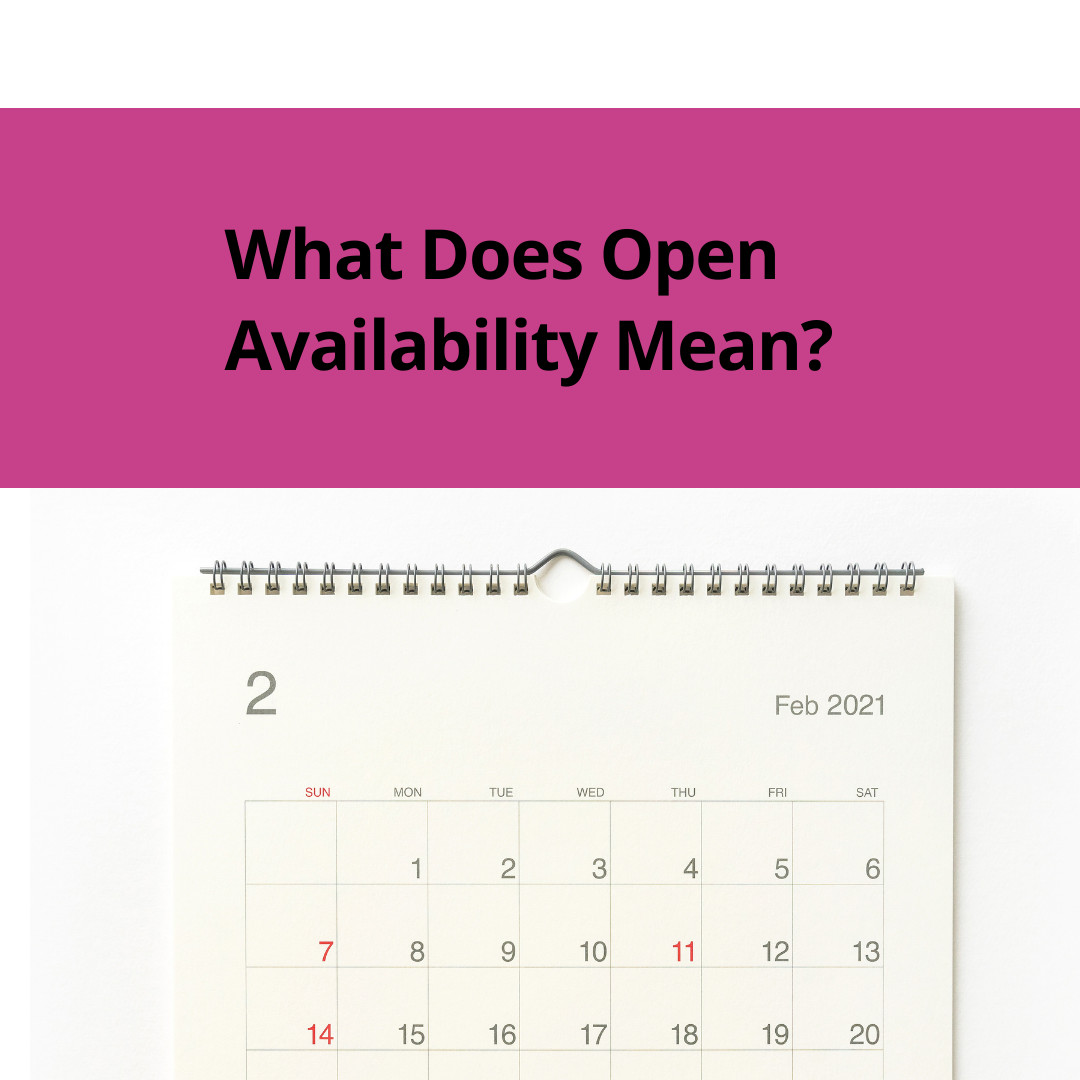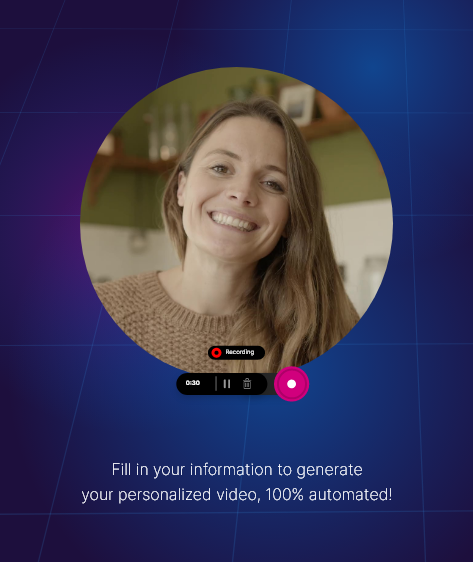Writing cold emails that consistently book sales calls and convert leads has become an essential skill in today’s fast-paced business landscape. With inboxes more crowded than ever, your outreach must stand out, deliver value, and connect authentically with prospects. But how do you craft cold emails that get noticed—and actually deliver results?
This comprehensive guide distills a decade of cold emailing expertise and data-driven strategies into ten actionable rules. By mastering these best practices, you’ll increase your response rates, drive more qualified meetings, and ultimately sign more clients, all while building trust and relevance with your target market.
Based on the original video:
Mastering the Art of Cold Emails That Book Sales Calls
The primary topic keyword, cold emails that book sales calls, sits at the heart of modern sales and lead generation. Over years of testing and refining outreach approaches, certain consistent patterns emerge for what works—and what fails—in capturing the attention (and inbox space) of busy decision-makers.
Below, you’ll find not just the “rules” but also detailed examples, practical techniques, and industry insights for driving high-quality calls and client relationships through cold outreach.
1. Focus Your Cold Email on the Prospect—Not Yourself
It’s tempting to lead with your credentials, achievements, or company background. But effective cold emailing isn’t about boasting: it’s about the recipient and their needs.
Shift the spotlight. Replace self-focused introductions (“I’m the founder of…”) with messaging that shows your value directly relates to your prospect. For example:
- Instead of, “I’ve helped 300 companies…”, phrase it as, “Leveraging experience with 300+ campaigns, I’d like to share strategies specifically suited to your team.”
The difference? You’re framing your expertise as a benefit to them, not just a fact about you. Always check your email: prune unnecessary mentions of “I,” “me,” “my”—and elevate “you” and “your business.”
2. Less Is More: Write Concise, Easy-to-Read Emails
Long-winded messages get ignored, especially in a world where most emails are read on mobile devices. Cold emails that book sales calls succeed thanks to:
- Short paragraphs (one to two sentences each)
- Clear, simple language
- Minimal filler words or jargon
After drafting your message, review it aloud. Edit out anything that doesn’t directly support your key point. The goal? Deliver maximum value with minimum words—making every line count.
3. Social Proof Drives Trust (Use It Strategically)
Trust is a deciding factor for cold email replies. If you have client reviews, recognizable brands, or measurable results, don’t hide them:
- Add a link to a verified review site (such as Trustpilot or Google Reviews) in your signature
- Name-drop major brands or well-known clients when relevant
- Include links to YouTube channels or portfolio work as a postscript
If you’re newer and light on social proof, know that everyone starts there—but the impact is noticeable. Over time, continually amplify your successes for credibility.
4. Be Specific With Results and Offers
Vague claims make prospects skeptical. Instead, detail exact outcomes and timeframes, backed by legitimate metrics or case studies.
For example:
- Generic: “We help businesses grow using email marketing.”
- Specific: “We helped Acme Corp add 5 new clients a month through targeted cold email over 90 days.”
The more measurable your examples, the stronger your perceived authority.
5. Relevance is Your Superpower
Even powerful case studies fall flat if they aren’t relevant to the person you’re emailing. Always align your message and proof to:
- Industry (don’t send a bakery case study to a car dealership)
- Job title and role
- Pain points they actually have
If your offer solves a nonexistent problem, even the best writing won’t save you. Regularly review and refine your targeting lists and messaging for specificity.

6. Match Your Prospect’s Language and Knowledge Level
Your messaging must be tailored to your audience’s vocabulary and comprehension—not yours. Avoid niche jargon or advanced acronyms unless your recipient uses them daily.
For instance, “ROAS” or “Klaviyo integration” may resonate with experienced marketers but will confuse a local service provider. Write with clarity and at a knowledge level your target segment is likely to understand, considering industry, company size, and title.
7. Make Replying Quick and Painless
The easier you make it for recipients to respond, the more replies you’ll earn. Instead of jumping straight to a high-commitment ask (like “Can we book a 30-minute call next week?”), offer lighter touches or options:
- Suggest replying with a simple “Yes” to receive more info
- Offer a short, asynchronous video or resource
- Ask a one-sentence, low-barrier qualifying question
Busy prospects prefer actions that require little effort—especially when being contacted cold.
8. Connect Personally (Where Appropriate)
People want to buy from those they like and trust. Whenever it fits naturally, look for genuine common ground—without forcing it.
- Mention shared locations, schools, or interests
- Reference mutual connections, relevant experiences, or group memberships
- Cleanly highlight any organizational or cultural tie-ins (such as alumni or local groups)
Authentic rapport, even in small ways, can dramatically increase your cold email’s effectiveness, but always keep your tone subtle and sincere.

9. Highlight Benefits Most, But Explain the “How”
Prospects care most about how your offering will improve their work or life—not just its features. Focus primarily on these benefits, but don’t ignore the process or service details entirely.
For technical audiences, balance with more process explanation; for generalists, weigh heavily toward benefits with a short mention of the “how.”
Example:
- Benefit: “You’ll spend 50% less time following up with leads.”
- How: “We automate your lead nurture with tested scripts and proven workflows.”
10. Tailor Your Cold Email for Different Job Titles
Never assume every stakeholder sees value the same way. CEOs, heads of sales, HR managers, and marketing leads all have unique pain points and priorities—even when evaluating the same product or service.
Group your outreach into common title “clusters” and write separate cold emails that address their specific responsibilities, fears, and goals. This advanced targeting is key for relevance (see Rule #5!) and higher conversion.
Elevate Your Sales Outcomes with Strategic Cold Emailing
Cold emails that book sales calls aren’t just about the initial message—they’re about optimizing every touchpoint for your prospect’s experience.
- Use prospect-centered language to capture attention fast
- Edit aggressively to deliver your value fast
- Leverage social proof, relevance, and specificity for credibility
- Make it easy to respond and build a real, personal connection
If you apply these principles, you’ll increase meeting-booked rates and end with more closed deals—while building authentic relationships, not just inbox noise.

Practical Takeaways for Your Next Cold Email Campaign
- Rewrite your message using “you” and “your” wherever possible
- Test subject lines and preview text for mobile readers
- Include links to reviews, case studies, or reputable client work
- Segment and personalize campaigns by title, industry, and company size
- Regularly test shorter versions and simpler CTAs for higher reply rates
For deeper workflow optimization, you’ll also want to ensure that your emails don’t land in spam—improving deliverability is just as important as strong copy. Discover essential tips in this guide on preventing emails from going to spam.
Frequently Asked Questions: Cold Emails That Book Sales Calls
What makes a cold email stand out from the crowd?
Personalization, concise messaging, and specific relevance to the recipient’s pain points are key. Including credible social proof and a simple call-to-action can also set your email apart in crowded inboxes.
How long should a cold email be to maximize response rates?
The ideal cold email is short—usually 50 to 120 words. Keep paragraphs to one or two sentences for easy mobile reading, and prioritize clarity over detail.
What type of social proof is most effective in cold emails?
Testimonials, recognizable brand clients, verified reviews, and real case study results offer the most compelling social proof. Always align the proof with your recipient’s industry or role for maximum impact.
When is it appropriate to personalize your outreach with personal connections?
If you genuinely share a location, interest, alumni background, or mutual connection—and it feels natural—mentioning it briefly helps build trust. Avoid forced or excessively personal notes that may come off as disingenuous.
How should I segment my cold email outreach by job title?
Group similar decision-maker titles into clusters and tailor messaging to their unique pain points. For example, create separate templates for marketing, sales, and HR, each emphasizing benefits and solutions most relevant to that title.









